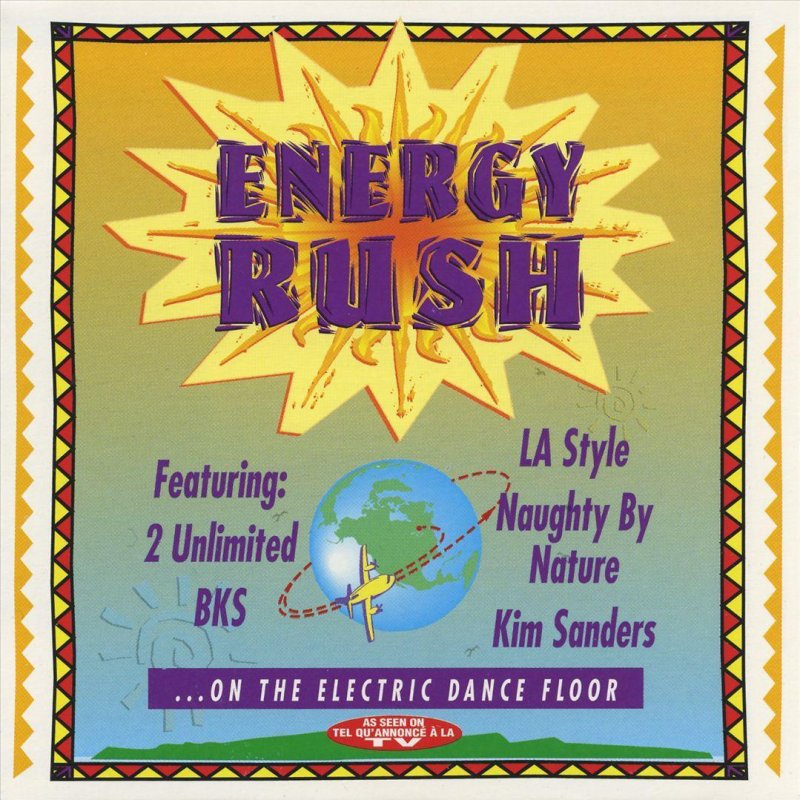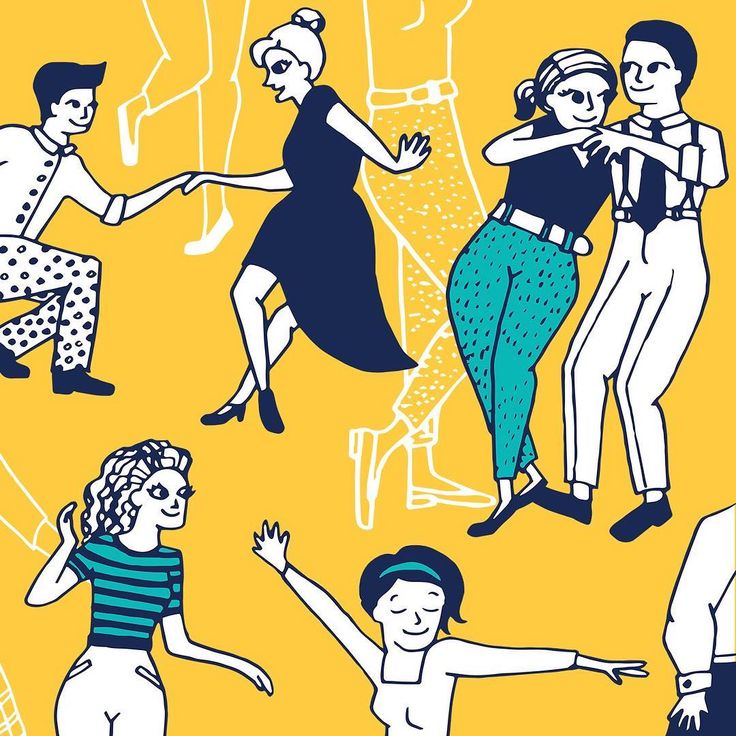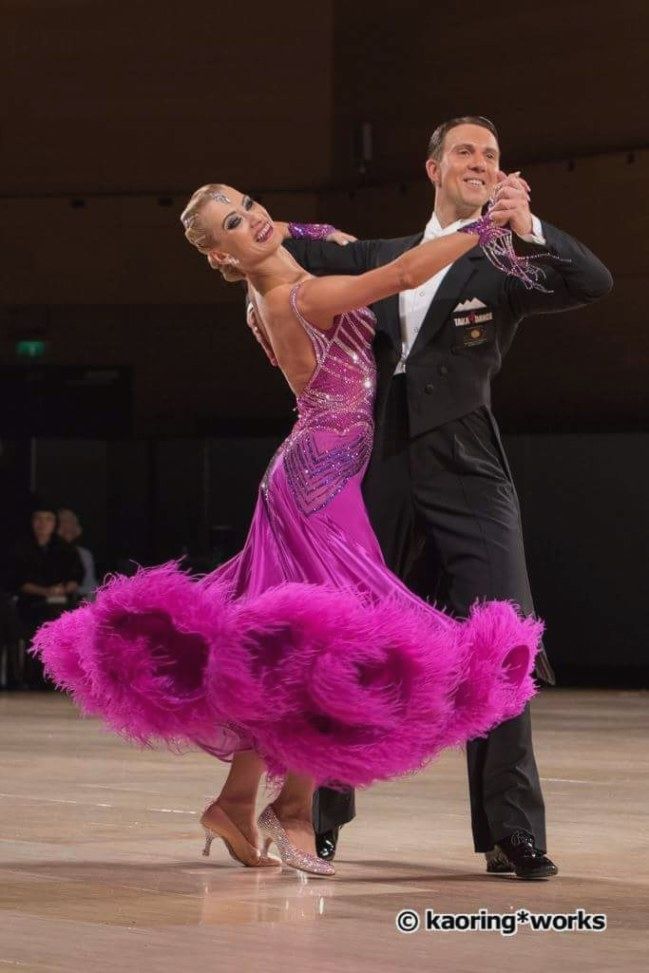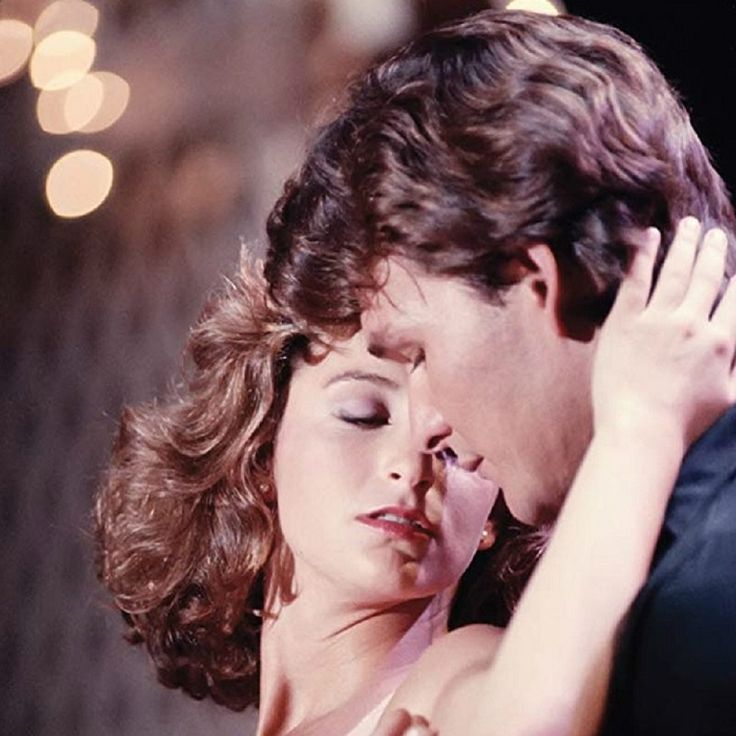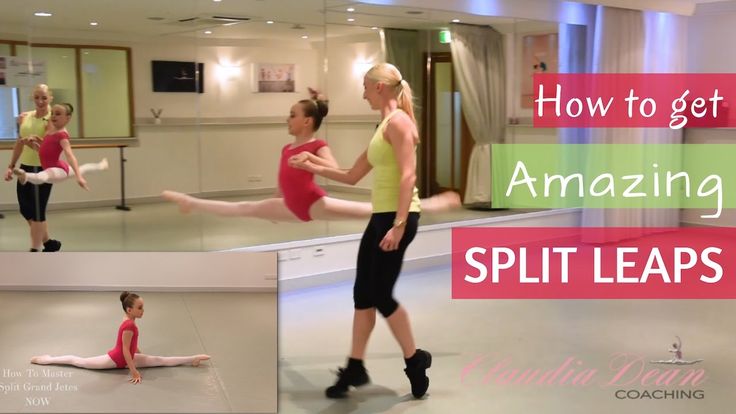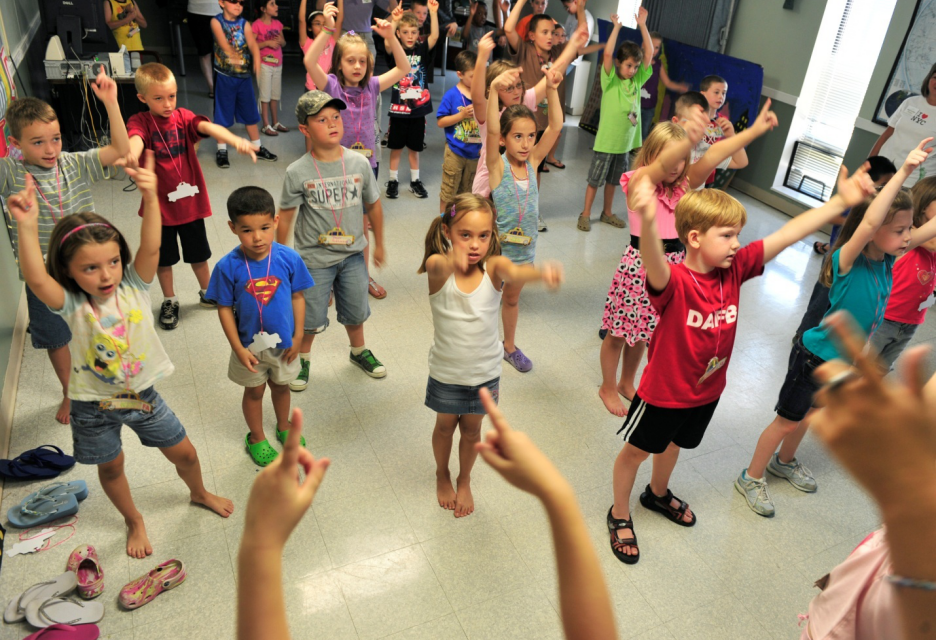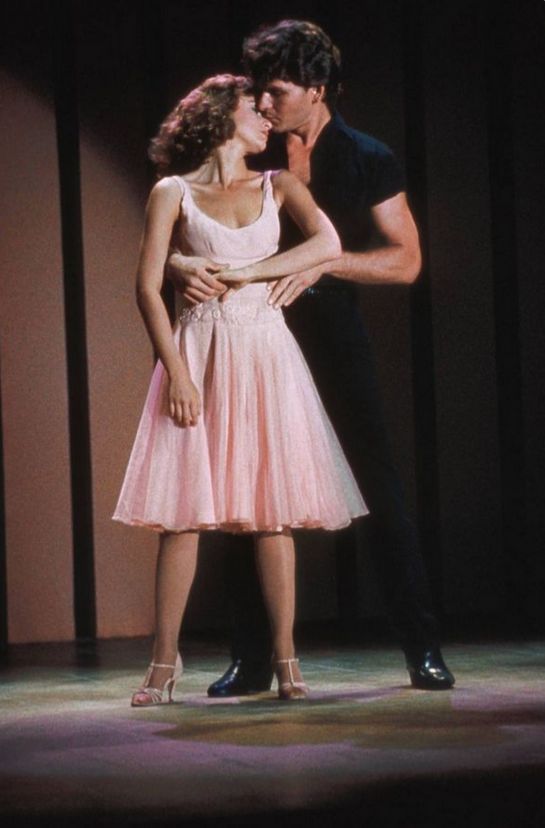How to do the electric dance
Electric Slide Dance Steps - For Beginners (Line Dance Video) -
The Electric slide dance is one of the most popular line dances – used at weddings, parties and other social dance events.
Below you will learn how to dance the Electric slide with our step by step video.
* Song: Electric Boogie By Marcia Griffiths
The Electric Slide Dance Steps – Breakdown
* Start with right leg
Part 1 – Travel to the right
Side with right foot (Switch weight)
Close left foot to right foot (Switch weight)
Side with right foot (Switch weight)
Tap left foot to right foot (Partial weight)
Part 2 – Travel to the left
Side with left foot (Switch weight)
Close right foot to left foot (Switch weight)
Side with left foot (Switch weight)
Tap right foot to left foot (Partial weight)
Part 3 – Travel back
Back with right foot (Switch weight)
Close left foot back to right foot (Switch weight)
Back with right foot (Switch weight)
Tap left foot to right foot (Partial weight)
Part 4 – Switch weight in place
Forward with the left foot (Switch weight)
Tap right foot to left foot (Partial weight)
Back with the right foot (Switch weight)
Tap left foot to right foot (Partial weight)
Part 5 – Turning 1/4 to left
Forward with left foot (Switch weight)
Kick the heel of right foot without weight and turn 1/4 to left (turn on left foot)
*Start from beginning in the new direction.
Variation #1 (As shown in video)
Keep the same pattern as above but on the step fwd and back (during part 4), lower down on the left leg, and swing your arm to touch the floor (Or go as low as you can).
Variation #2 (As shown in video)
Keep the same structure of the Electric slide, but now add a three step turn to the left, instead of just stepping (during part 2) and a three step turn to the right/backwards (during part 3). This version is more complex and easier to learn with the video above.
The Electric Slide Dance Music
Original Song – “Electric Boogie” By Marcia Griffiths
Other Alternative songs – Source:
1. “A Little Less Talk & A Lot More Action,” Toby Keith
2. “A Mover La Colita,” Sonora Dinamita
3. “A Night to Remember,” Shalamar
4. “Addicted to Love,” Robert Palmer
5. “All Night Long,” Lionel Ritchie
6. “All She Wants to Do Is Dance,” Don Henley
“All She Wants to Do Is Dance,” Don Henley
7. “And the Beat Goes On,” The Whispers
8. “Another One Bites the Dust,” Queen
9. “Anything, Anything,” Dramarama
10. “Arrepegaito,” Raza Obrera
Want More?
– Learn how to dance at a wedding with our step by step videos
– Get a list of 25 wedding dance songs
– Best Social dances to learn
– Basic dance steps for couples
How the Electric Slide became the Black Lives Matter protest dance | Dance
The protests sparked by the killing of George Floyd have spread across the world and as many have said: this is not a moment, it’s a movement. But it is also a moment of movement, as the protests have been accompanied by outbreaks of dancing. A common sight on social media and light news spots are the Electric Slide and the Cupid Shuffle, but you can also see the Cha-cha Slide, Macarena, krumping and the haka dance.
Dance and public protest have long gone hand in hand. They have even gifted activists a marvellous, much-used slogan: “If I can’t dance, it’s not my revolution.” Attributed to the anarchist and feminist Emma Goldman, it in fact paraphrases the original. Around the personal act of dancing it spins giddy, almost ungraspable ideals: liberation, joy, self-expression.
They have even gifted activists a marvellous, much-used slogan: “If I can’t dance, it’s not my revolution.” Attributed to the anarchist and feminist Emma Goldman, it in fact paraphrases the original. Around the personal act of dancing it spins giddy, almost ungraspable ideals: liberation, joy, self-expression.
Euphoria is one reason why dancing goes with uprising, but it is not the only one. Look at the clips and you’ll notice that nearly every dance is collective. They bring different people – black and white, protesters and bystanders, sometimes the police – into alignment. Everyone moves in sequence, with space in between. These dances are unifying actions, collective actions – not working towards a goal, but rather bringing people together in a wordless way.
Whatever else it may be, dancing is not fighting. It is ordered without being forced, it is peaceful but not passive protest. And finally, these dances – unlike staged flash mobs or art-activist events – are unauthorised. They belong to whoever is doing them. They are, very literally, movements of the people.
They belong to whoever is doing them. They are, very literally, movements of the people.
Right now, the people’s movement of choice looks to be the Electric Slide. Why? Like the Cupid Shuffle and Cha-cha Slide, it’s a four-wall line dance with a 90-degree turn between each repeat, so you can keep it going for as long as it takes. The basic sequence – sidesteps and step-touches – are simple, though the Cupid Shuffle is even simpler. Once you have the steps, you can style the rest how you like.
The dance has a long pedigree, with black roots and widespread branches. The step sequence was first devised by Broadway dancer Ric Silver in 1976 to an upbeat reggae song by Bunny Wailer, Electric Boogie, a hit in Jamaica that went on to become a more mainstream US success for his compatriot Marcia Griffiths, in 1982 and 1989.
Interestingly, Silver tried very hard to authorise his original 22-step sequence (his birthday being 22 January, he was very attached to the number), but despite takedown notices and copyright claims, it’s an unauthorised 18-step version that took hold.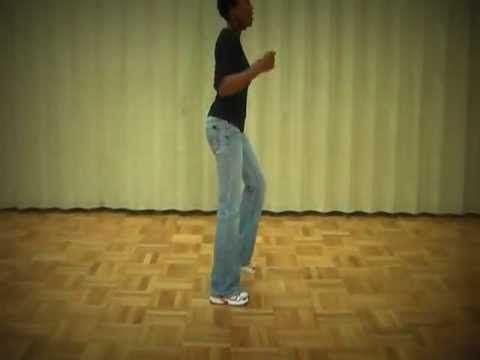 You can see why the people’s version won out. After a regular 16 counts, those extra 2 to swivel are like a cute little touch, sending you a notch round the phrase; add in another 4 and you’ve lost the tickle.
You can see why the people’s version won out. After a regular 16 counts, those extra 2 to swivel are like a cute little touch, sending you a notch round the phrase; add in another 4 and you’ve lost the tickle.
In the 1990s, the sequence was styled for American line-dancing and became a genre staple. It got another big boost through the 1999 black romcom The Best Man, here danced to Cameo’s 1986 hit single Candy. It has become massively popular at parties and weddings, and is often called the Candy Dance.
And that’s the Electric Slide. Rooted in black culture, very widely known, accessible, adaptable, inclusive. Why not learn it? It could be fun, you can make it funky, but it won’t just be frivolous.
Electric Slide Dance Video - Dance Instruction
Created in the 1970s, Electric Slide is still performed to a variety of styles of music including pop and country. The instructional and performance videos below will help you learn how to dance this fun line dance.
The Original Electric Slide
Rick Silver claims to have choreographed the Electric Slide dance in the 1970s and was originally called "The Electric". The dance owes its long-standing popularity to the fact that no special training or skill is required to perform it. The following video shows Rick Silver teaching his initial steps:
Related Articles
- Ballroom Dancing Pictures
- Praise Dance Clothes
- Interesting Dancing Facts
Electro Dance Variations
The original version was done in some laces and Electric Slide they are completely excluded. Here is a tutorial video that does not use these two elements. It also shows several other variations including a chassé or triple step and touching the floor.
Country and Western
The Electric Slide became popular as a country and western dance in the 1980s and is still danced to country music at dances and bars that play country and western music. The people in the video below perform the traditional steps without clapping, in a variation that involves dancing in lines facing each other and then crossing and facing a new line of people.
Hip-hop
The dance in this performance was performed with a noticeable taste of hip-hop. Electric boogie-woogie video performed by Marcia Griffiths. Note the jumping and expressive hand movements that distinguish the hip-hop version from other styles of this dance.
Cha Cha Dance
The Electric Slide's simplicity makes it easy to adapt to different dance styles. In the following video you can see the basic electric slide steps with some jumps, cha-cha steps, turns and other variations.
In the following video you can see the basic electric slide steps with some jumps, cha-cha steps, turns and other variations.
Electric Slide Instructions
Watching performances and instructional videos is a great way to learn how to dance, but written instructions are also helpful. If you watch these videos and follow the instructions, you will soon be able to join others doing the electric slide at weddings, dances, and other events.
Dance styles. Description of dance styles with video examples. About dance school
Striptease is the art of seduction... It is interesting because it is able to reveal femininity, sensuality and sexuality in a dancer. Becoming on a par with a man, a woman of our time is increasingly forgetting to be a woman.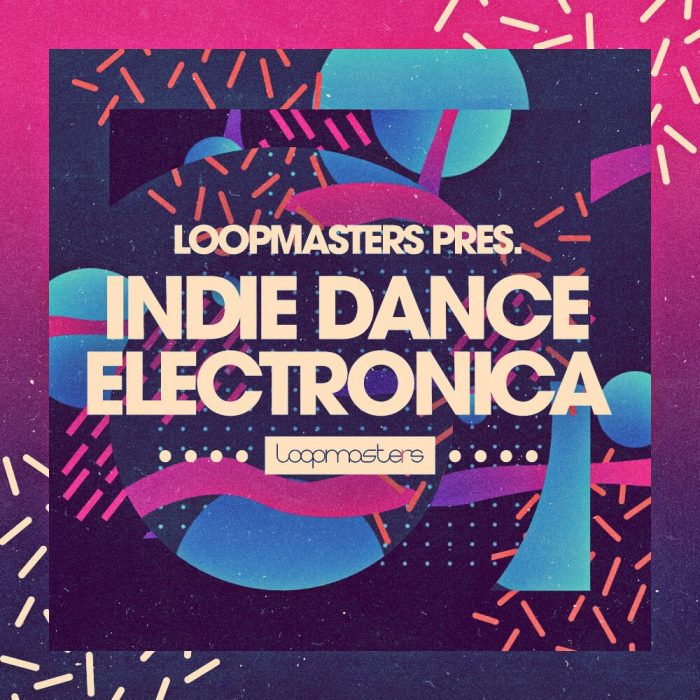 Stripping refreshes instincts, breaks the shackles of stiffness, teaches you to express feelings and emotions. Pillon classes, in turn, provide amazing physical training.
Stripping refreshes instincts, breaks the shackles of stiffness, teaches you to express feelings and emotions. Pillon classes, in turn, provide amazing physical training.
Difficulties: Rhythmic gymnastics skills, good stretching and good figure are required.
The dancers of these genres are real "dance magicians", originating from the art of pantomime. What they do is amazing! Not for nothing, today there is no one cooler than breakers in modern dance. In their performances, we see the highest level of control over the body, the most complex elements, so unimaginable that sometimes it even hurts to watch. Excitement bordering on horror!
Difficulties: to really achieve something in breakdance, you need to dedicate yourself to it. And you need to be extremely careful, it does not do without injuries.
Just what you need for fashionistas who are hungry for the stage! The highest degree of posturing and acting. They play on the elegance of forms and lines that reveal the beauty of a half-naked body. Vogue and Waaking are "pathos for whites." The Vogue style is characterized by model poses, it imitates catwalk walking. The style of Waaking, which took a lot from Vogue, is dominated by hand movements (the name itself translates as “waving hands”), they borrowed many movements from locking. Go-Go is a looser style that mixes the previous two and adds elements of other styles, such as the strip. This is the most popular style of dancing nightclubs.
They play on the elegance of forms and lines that reveal the beauty of a half-naked body. Vogue and Waaking are "pathos for whites." The Vogue style is characterized by model poses, it imitates catwalk walking. The style of Waaking, which took a lot from Vogue, is dominated by hand movements (the name itself translates as “waving hands”), they borrowed many movements from locking. Go-Go is a looser style that mixes the previous two and adds elements of other styles, such as the strip. This is the most popular style of dancing nightclubs.
Difficulties: excellent physical characteristics and moral readiness are required to perform on stage practically in underwear.
A modern interpretation of ballet that preserves aesthetic traditions, but gives freedom and flexibility of technique, abolishing the rigid standards of the classics. Choreography is at the heart of these styles.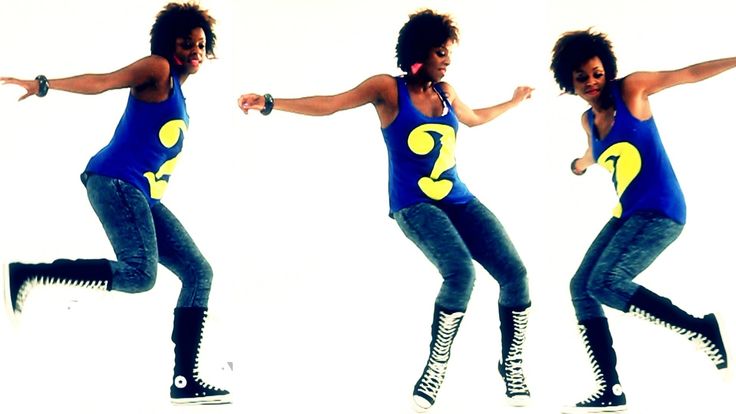 Most of the higher educational institutions under contemporary dance are represented by Contemporary. But the paradox is that this genre is completely unsuitable for dancing to modern dance music. This is purely a stage dance technique.
Most of the higher educational institutions under contemporary dance are represented by Contemporary. But the paradox is that this genre is completely unsuitable for dancing to modern dance music. This is purely a stage dance technique.
Difficulties: in order to achieve success in this style, you need to practice from childhood.
The highest "theatrical" form of choreographic art, the embodiment of the highest aesthetic ideals. This is an exclusively stage dance, focused on the audience. It is characterized by strict standards and high requirements for performance techniques, many of which are performed at the limit of human capabilities. In terms of complexity, the elements of ballet can only be compared with the elements of break dance.
Difficulties: professional ballet lessons don't go unnoticed. Extremely high demands leave their mark on the formation of the body, especially since ballet should be practiced from childhood, while the body is still supple.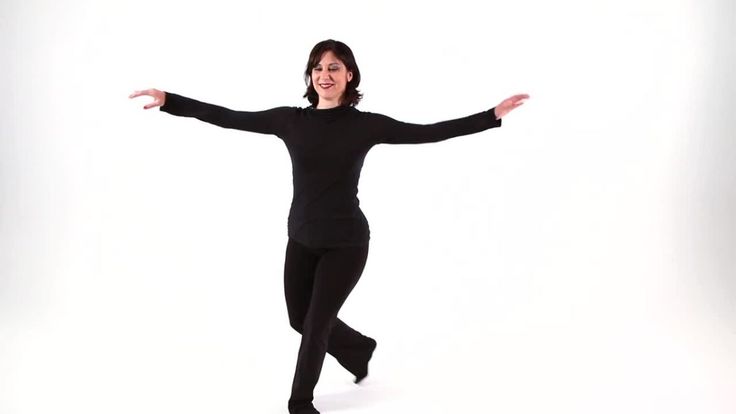 Damage to ligaments, tendons, joints, overdeveloped individual muscle groups and much more are possible.
Damage to ligaments, tendons, joints, overdeveloped individual muscle groups and much more are possible.
These destinations are extremely popular today. This is not only dancing, this is leisure, communication, discos. These styles bring people together: energetic, passionate movements, exciting swaying of the hips ... Although these are mostly pair dances, they are organized in such a way that you can easily change partners and make new acquaintances. And they do not require special training, they are quite simple to learn.
Difficulties: at the initial stage, there are few difficulties for lovers, the main thing is to find a suitable partner.
Spanish folk dance with obligatory traditional costumes. Flamenco is particularly dramatic and attracts a fairly mature audience.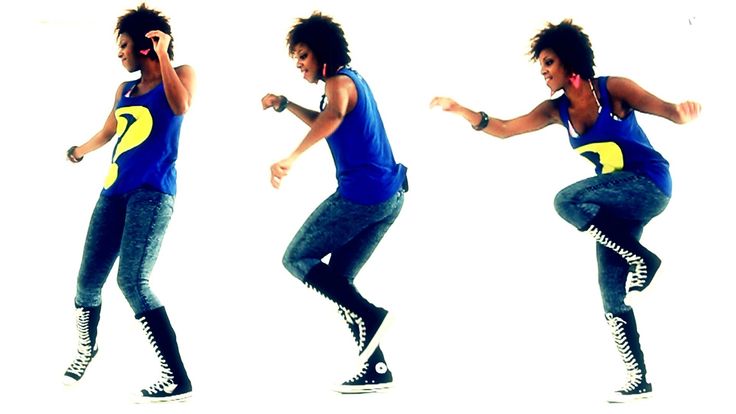 This is a spectacular and expressive genre filled with passion. He is characterized by a specific choreography of the hands, active beating of tap-dancing trills and luxurious pas in frilled chic skirts in a gypsy manner.
This is a spectacular and expressive genre filled with passion. He is characterized by a specific choreography of the hands, active beating of tap-dancing trills and luxurious pas in frilled chic skirts in a gypsy manner.
Difficulties: a keen sense of rhythm is needed
Art of seduction, erotic dance of the East (ancient striptease). It is performed in specific costumes with ringing scales, which enhances the musicality of the dance, synchronization with the music. Oriental dance is rich in all kinds of techniques in plasticity, rhythm, replete with small details and decorations. Really professional dancers fascinate with the beauty of the curves of a semi-naked body and clear, finely drawn movements. Unlike other styles, “oriental dancers” delight with the expressiveness of curvaceous forms, the ability to profitably reveal the features of the female figure.
Difficulties: minor shaking, vibrations, harmful to the not yet formed female body.
Modern Dance Base is a dance floor format suitable for different genres of music. This is a universal dance technique that is combined with any style, type and manner. It is not required to memorize dance sequences and performances, the dance is built on the principle of a constructor: there are basic elements and rules, how they fit together. After studying several movements and learning how to combine them with each other, you can improvise to different music, for this a few months of training are enough. The whole dance is based on rhythm, plasticity and coordination of movements.
Difficulties: to achieve beauty and ease in improvisation, it takes time to restore atrophied muscle groups.
Active Styles for Expressive Youth: Swinging and Jumping Techniques to Direct Rhythm Music. Extremely energy-consuming, attract a lot of attention and require a lot of space. You will be unlucky if you find yourself next to such a dancer on a crowded dance floor, since this does not happen often, but these styles have become a hit at street festivals! These techniques turn you on - you just want to join and start dancing. But the dancers are not enough for a long time, because. the set of movements is not particularly large and varied, and all are quite energetic.
Extremely energy-consuming, attract a lot of attention and require a lot of space. You will be unlucky if you find yourself next to such a dancer on a crowded dance floor, since this does not happen often, but these styles have become a hit at street festivals! These techniques turn you on - you just want to join and start dancing. But the dancers are not enough for a long time, because. the set of movements is not particularly large and varied, and all are quite energetic.
Difficulties: finding a place to fulfill them
Originally R'n'B is the culture of funk, jazz and soul. She also contributed to the emergence of rock and roll. In the future, R'n'B and Hip-Hop began to actively mix, because. they are both part of the African American culture. Today, R'n'B as a dance includes any possible technique, but all of them are performed in a particularly pathetic manner, in the obligatory ultra-fashionable outfit. R'n'B classes are a great solution for those who want to "show themselves." This style gives self-confidence, a sense of one's own coolness and sexuality, it is a cure for complexes and insecurity, which young people lack so much; that is why it is purely a youth trend.
R'n'B classes are a great solution for those who want to "show themselves." This style gives self-confidence, a sense of one's own coolness and sexuality, it is a cure for complexes and insecurity, which young people lack so much; that is why it is purely a youth trend.
Hip-hop, however, is a serious direction, where pathos is justified by really cool training of dancers who do not neglect breakdancing.
Difficulties: constant psychological pressure within the team, where the spirit of struggle and competition reigns.
Pair dance with strict choreographic standards. The dancers are completely attached to their partner, who is extremely difficult to replace.
Disadvantages: injury, occupational diseases. Considering that this is a professional dance for participation in competitions, the loss of a partner almost always entails the collapse of the dancer's professional career.
Advantages: fully reveals the theme of interaction with a partner. The highest form of possible paired dance art.
This is the most ancient and at the same time the most modern style of dance. It is constantly changing, as the standards of femininity and masculinity change. You can dance it in different ways, but the meaning does not change. This is a dance that arouses sexual interest, allowing you to enjoy your image, the effect that you produce. This is the most emotional style of dance, in which the features of male and female movements are maximally expressed. There is a very thin line between the most beautiful and the most disgusting. Therefore, high qualification of the choreographer is simply necessary.
The broad concept of "club dance" includes many movements of various styles. They can be performed synchronously or solo. Club dance today is divided into 2 directions: to music with a direct rhythm and to music with a broken rhythm. Straight rhythm is classical electronic music like Disco House, Techno, Progressive. A broken rhythm is a break beat, breaks, R'n'B, Hip-Hop.
They can be performed synchronously or solo. Club dance today is divided into 2 directions: to music with a direct rhythm and to music with a broken rhythm. Straight rhythm is classical electronic music like Disco House, Techno, Progressive. A broken rhythm is a break beat, breaks, R'n'B, Hip-Hop.
Born in the times of ballroom dancing, modern jazz is a combination of classical techniques, street dance styles, jazz improvisation.
Combination of all “old school” styles such as plastique, slides, king-tat, robot. Break Dancing is exciting, vibrant, and colorful. For this reason, he became very popular. Break dancing first appeared in the South Bronx (Big Up's to da Bronx!) in the 70s. At first, it was danced on cardboard boxes laid out on the street, which turned the sidewalk into a stage. Street dancers mixed dance aerobatics with martial arts and disco dance, and each performer crafted his own style. Music poured from portable stereo tape recorders. Now it's a personal way to get in shape and have fun!
Street dancers mixed dance aerobatics with martial arts and disco dance, and each performer crafted his own style. Music poured from portable stereo tape recorders. Now it's a personal way to get in shape and have fun!
A dance technique that allows you to turn on a crowd of spectators using standard artistry techniques, wide, amplitude movements that capture attention, courage and play. One of the main elements of Go-Go is the expression of sexuality and the minimum amount of clothing.
In the early 70's in the United States formed a huge number of groups dancing on the streets, later reincarnated into a culture. It has incorporated a popular form filled with elements of various dance styles.
Stage, power style of synchronized dance, allowing you to work out the quality, endurance. A large number of synchronous connections of popular movements and courage are presented.
A large number of synchronous connections of popular movements and courage are presented.
A power dance style for a stage where movements are performed with full force and speed. This style features a large number of "wide" movements, swings, rotations and reversals.
All kinds of moonwalks in all directions. This technique is perfectly combined with plastic. The style is based on moonwalks, which give an illusory effect of sliding on the floor. The style includes more than 20 types of gaits. Swimming or sliding on the floor is an illusion created with your feet. This creates the feeling that you are trying to go in one direction, but you are actually moving in another direction. A classic example of this effect is the 'Moonwalk' made famous by Michael Jackson. The actual illusion is an old Pantomime trick.
The actual illusion is an old Pantomime trick.
As a result of the "psychedelic revolution" of the late 60s, a culture of music, fashion, and dance was formed. The manifestation of one's individuality in this form is relevant to this day. The disco style influenced many other styles that appeared later.
He has gained great popularity all over the world, thanks to the music to which he performs. This trendy dance direction helps to get not only an excellent sports form, but also provides an opportunity to show "aerobatics" in clubs. The style evolved from "Hip-Hop", became more diverse and complex. The abbreviation "R&B" stands for "Rhythm and Blues". As a rule, it is danced at the level of improvisation.
Trance as a stylization of dance technique, with a softer nature of movements based on the specific features of electronic trance music, absorbed mainly movements that anyone can perform without special physical training. This is a dance of deep feelings, not always clear to others.
This is a dance of deep feelings, not always clear to others.
This is not a style of dance, but the level of mastery of any style. The art of arbitrarily combining the movements of all styles known to you in an arbitrary order without the participation of logical memory, using motor memory.
Other directions of club dance are "Hip-Hop". The music of these styles is less aggressive, the movements are freer. This is a rhythmic, jumping technique. Hip-hop can be distinguished by a spring and, as the name implies (hip-hop - small jump).
Emulation of robot movements, setting fixations and many other effects. The inspiration for the development and improvement of the Robot was pantomime.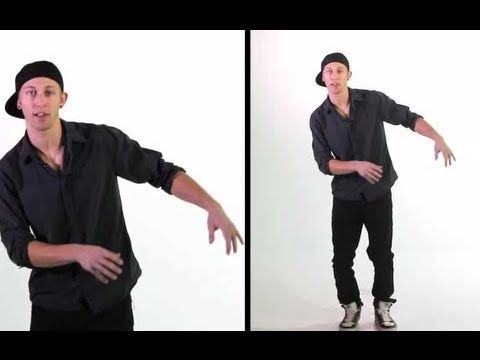 Animation and futurism lives in most people. The hydraulic movements of a robot performed to music that is getting more and more rhythmic. One of the first robot dancers was James Brown (“Goodfoot”, 1969), Los Angeles. The Tick - used in the Robot (Robotics) dance style. The movement gives the illusion that the parts of the body are mechanical, in character and fixation, or start with a push.
Animation and futurism lives in most people. The hydraulic movements of a robot performed to music that is getting more and more rhythmic. One of the first robot dancers was James Brown (“Goodfoot”, 1969), Los Angeles. The Tick - used in the Robot (Robotics) dance style. The movement gives the illusion that the parts of the body are mechanical, in character and fixation, or start with a push.
This style refers to the “old school” of breakdancing and consists of geometric movements with all parts of the body that are performed at right angles. The style looks like a geometric mosaic. This style imitates scenes depicted on the walls of Egyptian pyramids and temples. Combined with the style of The Tick, includes circular rotations of various parts of the body.
Soft movements of the whole body. The style allows you to master the “wave” technique that you can perform with all parts of the body, as well as learn a large number of smooth movements. These movements are used in most other styles of dance as an auxiliary.
The style allows you to master the “wave” technique that you can perform with all parts of the body, as well as learn a large number of smooth movements. These movements are used in most other styles of dance as an auxiliary.
Dance movements for the dance floor that can be easily combined with each other in any sequence, which allows you to develop the ability to improvise. The style is danced at half strength, so you don't get tired. Usually includes movements from different styles and directions.
Dance moves that can be performed by anyone without special training, simple movements of the legs and body, used in discos, useful when moving from one style of dance to another.
The power dance style, which has become a classic, is used when participating in battles, dance competitions (dance competitions), and includes simple acrobatic elements.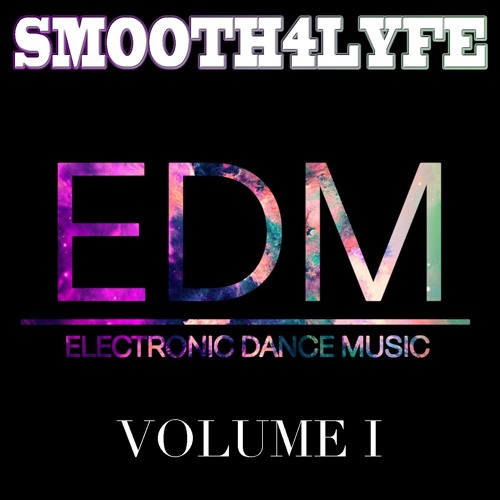
According to Ejoe Willson, considered one of the best dancers in New York, House was born in 1988 as a dance to house music. House differs from Hip-Hop, as Ejoe says, in that when you dance house, you subordinate your body to the melody, while in Hip-Hop you subordinate your body to the musical beat. House is danced in almost all progressive dance clubs. It is distinguished by high speed (like all club music), sharp hand movements, with a certain kind of quality.
Electric wave effect. A mixture of plasticity and movements of the Robotics style.
Breaking in its own right, a modern masterpiece bordering on the impossible. Breakdancing is one of the four elements of Hip-Hop culture, usually performed to DubStep or Hip-Hop music.